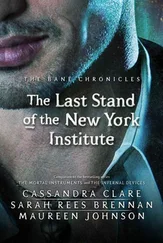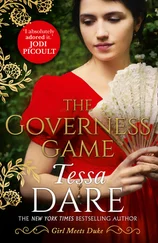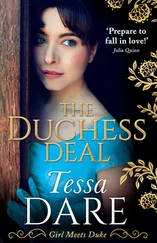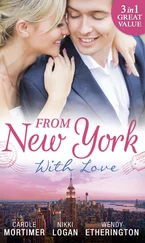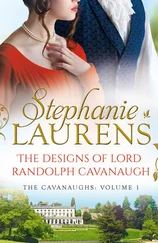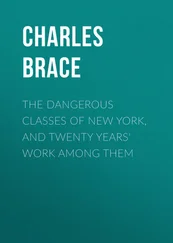“When Kline and de Kooning and that bunch of painters took me to the Five Spot in the fall of ’56, the piano player was Don Shoemaker, a merchant seaman who played piano awhile and then shipped out. There was a bass player and a young piano player named Cecil Taylor. Cecil was strong—he once broke the piano keys and Joe Termini flipped out. He said, ‘Cecil Taylor will never play here again.’ I said I wouldn’t either. All the painters got together and told Joe Termini that if Shoemaker shipped out, he should hire Cecil Taylor and Amram.
“Cecil and I played for five weeks, then I came with my quartet and stayed eleven weeks. They still had pitchers of beer for seventy-five cents. The ‘Tonight’ show came with Jack Lescoulie, and we had monthly jam sessions. The painters had decided it was a great place. Franz Kline said of me, ‘That’s Wagner playing bebop.’”
Amram played there later with Charlie Mingus, and remembers, “Mingus said to his musicians when they played the Five Spot, ‘Look man, I don’t care how raggedy this place is. When you’re with me and playing this music, every night is Carnegie Hall.’”
Mingus insisted that not only the musicians regard it that way, but also the audience. “One time at the Five Spot,” Richard Lingeman says, “I remember Mingus stopped playing, and he wouldn’t go on because people were talking. It was kind of a shock, the way he stopped and lectured people—he said he wasn’t going to play unless they shut up. He thought of himself as a serious artist, and he was really angry. He walked off for a while. He was famous for doing that. Mingus was great, a figure.”
Mingus was a figure all right, and could be as dramatic and surprising off stage as on. The novelist and screenwriter Rudy Wurlitzer will never forget the time he took a beautiful girl to the Five Spot when he was nineteen years old. “I wanted to impress her,” he says. “Mingus was playing, and I could tell he noticed the girl—everyone noticed her. When the last set was over, Mingus came up to our table and took out a pair of handcuffs. He didn’t say a word, just clamped one of the handcuffs on his own wrist and then clamped the other on the wrist of my date. She didn’t say anything, and he pulled up her arm, so she stood up, and then they walked out the door together, neither of them saying anything. That was my first and last date with that girl.”
Mingus was not the only colorful character who played the Five Spot. Thelonious Monk was already a jazz legend when he brought a quartet, which included John Coltrane, there in 1957. A proud and private man, known as an eccentric even in the jazz world, Monk was given to wearing capes, an assortment of hats and caps from silk to fur, and sunglasses with bamboo rims. Nat Hentoff said in The Jazz Life that it seemed as if behind Monk’s controversial music was “mostly vapor in dark glasses and a goatee.” One night Joe Goldberg, who would later write Jazz Masters of the Fifties , was at the Five Spot when Monk was playing his solo set of the evening and some yahoo in the audience yelled out, “We wanna hear Coltrane!” Monk said, “Coltrane bust up his horn.” After the intermission, when Monk came out alone again the exchange was repeated. The heckler then got more hostile and asked Monk what he meant when he said Coltrane “bust up his horn.” Monk stood up at the piano and delivered the following dissertation: “Mr. Coltrane plays a wind instrument. The sound is produced by blowing into it and opening different holes to let air out. Over some of these holes is a felt pad. One of Mr. Coltrane’s felt pads has fallen off, and in order for him to get the sound he wants, so that we can make better music for you, he is in the back making a new one … you dig? ”
Sometimes when Monk let Coltrane go on a long riff with only the bass and drum for accompaniment, he would rise from the piano and dance, keeping time by moving his elbows along with his feet, “rhyming” with his body, as one of the jazzmen put it. Monk had played at Minton’s with Charlie Parker, who said, “The Monk runs deep.” Monk was called the master of the new sound that was emerging there, and was crowned “the high priest of bebop,” even though he said the word was mispronounced: “I was calling it bip-bop, but the others must have heard me wrong.” The mistake is understandable if you see the superb documentary Charlotte Zwerin made of Monk called Straight, No Chaser , as he mumbles his way through New York and Europe but sits down at the piano and plays familiar tunes like “Just a Gigolo” and “I Should Care” with an innovative eloquence that is nothing short of breathtaking (and you get to see a shot of the Five Spot too).
Norman Mailer remembers going often to see Monk at the Five Spot: “The place was incredibly small, and you could sit about five feet away from Monk’s hands on the keyboard. I’d be looking forward to the weekend—it was a special time there, getting high and listening to music. I felt that jazz and marijuana were one. I never thought of one without the other. I’ve never since had mental rides like I had then.”
Allen Ginsberg also went to hear Monk at the Five Spot. “I got closer to jazz, listening to Monk,” he says. He also remembers the time he went to hear Lester Young (“the Prez”) and went back to the kitchen to read the saxophone player some poetry of Hart Crane, which he thought would help Young with his music, just as jazz had helped and inspired Ginsberg’s poetry. “I read it to him for the sound, for the rhythm,” Ginsberg says. “I don’t think he especially got it. He said, ‘Man, if an A-bomb came now, I’d go downtown to Tiffany’s and smash the windows and take what I wanted—I’d get mine!’
“I got to know Mingus when he played at the Five Spot, and later I sang at his wedding in Millbrook, New York. I’d just come back from India and I knew monochromatic chanting—there were a lot of musicians interested in that mode, like Coltrane. I did a recording of it with Coltrane’s drummer. At Mingus’s wedding I was chanting mantras to Shiva, to Buddha.”
Though Ginsberg’s reading of Hart Crane didn’t seem to do much for Lester Young, and though the jazz-and-poetry business never really took off except as a novelty, the jazz buffs who frequented the Five Spot were also poetry buffs, and they turned out in full force when Ginsberg gave a reading of his own work. “The Terminis called to ask me to come and wait tables that night,” Helen Tworkov remembers. “The place was packed, and I made a fortune.”
Ray Grist, my painter friend from East Harlem, used to carry a copy of Howl around in his hip pocket when he was a high school student, and though he didn’t catch Ginsberg’s reading at the Five Spot, he heard most of the musicians who played there. “I started going when I was sixteen. They let me sit in a telephone booth and just listen to music, without ordering any booze. I went every night. After a while I had this route I’d take, beginning at Romero’s, where Bernie Hamilton, the actor, was the bartender. Romero’s was the hippest place in town. Then I’d hit Café Bohemia—Miles played there, and Art Blakey. From there I’d go to the Half Note, then across town to the Five Spot.”
Ray shows me a recent issue of his magazine Jump , which contains the artist Charles Mingus III’s “Vignettes at the Five Spot”:
I was about 20 yrs old, and I had just quit my other job and started working at The Five Spot as a bus boy and waiter. I wanted to work there because of Monk.
You had to have a special talent, and mine was picking up broken glass with my bare hands—that was my talent. I could pick up broken champagne glasses in the dark, and people used to say “You are going to cut yourself, you know.”
Читать дальше

